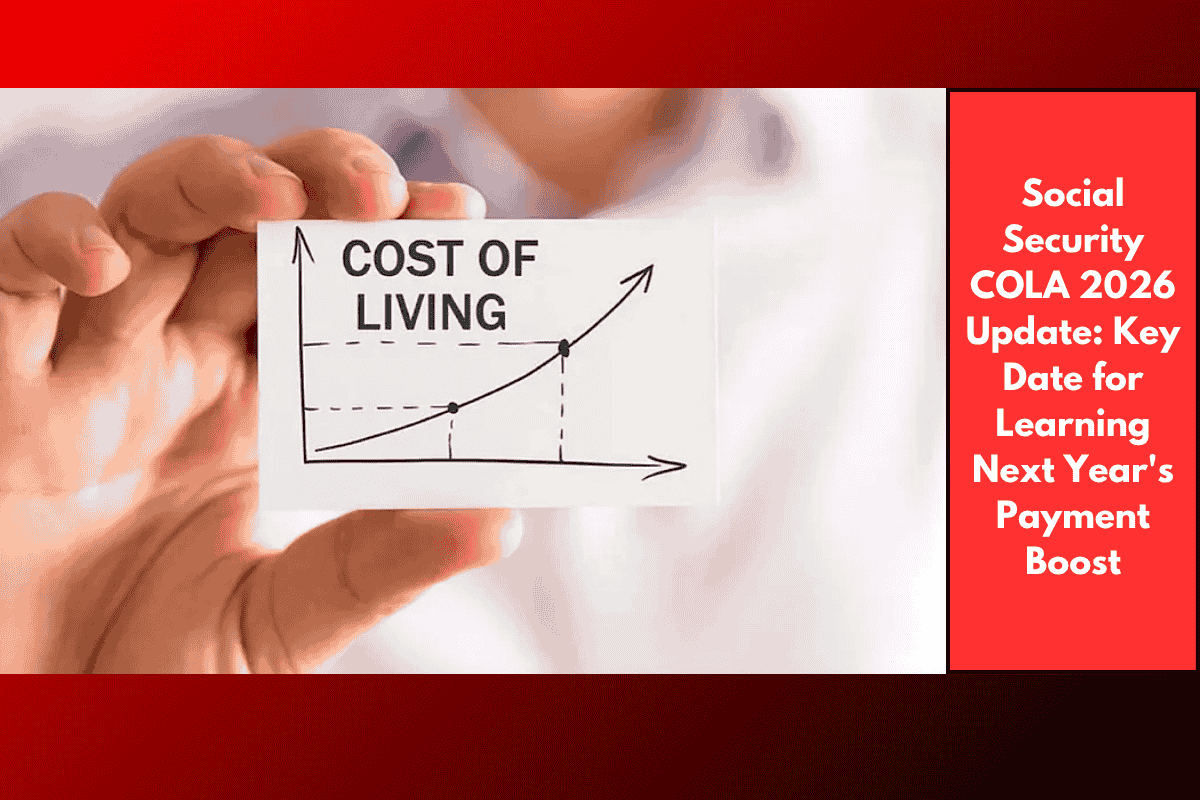Estimates for the 2026 Social Security Cost-of-Living Adjustment (COLA) are on the rise, with the latest forecast from The Senior Citizens League predicting a 2.6% increase. But when will the official figure be confirmed?
COLA Projections and What They Mean for Beneficiaries
The 2.6% projection is slightly higher than July’s estimate of 2.5%, marking the fifth consecutive month of increases. This rise reflects ongoing inflationary pressures, with costs of living continuing to climb. However, despite this upward movement, the increase still represents a modest improvement over the 2.5% adjustment for 2025 and would be the second-smallest COLA since 2021, which had just a 1.3% increase.
The COLA is designed by the Social Security Administration (SSA) to protect the purchasing power of beneficiaries by adjusting benefits in response to inflation. The adjustment is calculated by comparing the Consumer Price Index for Urban Wage Earners and Clerical Workers (CPI-W) from the third quarter of the current year to the same period the previous year.
Key Dates and Expectations
While the COLA changes will begin in January 2026, the official announcement is expected in early to mid-October, though the exact date has not yet been confirmed. In 2024, the announcement came on October 10, so the 2026 figure will likely be revealed around the same time.
Currently, over 72.5 million Americans receive Social Security benefits, including approximately 69 million traditional beneficiaries and 7.5 million Supplemental Security Income (SSI) recipients, or those receiving both.
Impact of Rising COLA Projections
The forecasted 2.6% COLA increase may seem promising, but it’s important to note that this reflects the ongoing inflationary pressures, with prices for essentials like food and transportation continuing to rise. Recent USDA data shows that food costs have climbed nearly 24% from 2020 to 2024, while transportation expenses have surged more than 34% in the same period. For retirees living on fixed incomes, these price hikes often outpace the increase in COLA, leaving them struggling despite receiving more benefits.
The average retired worker currently receives about $2,000 per month in benefits. A 2.6% increase would add approximately $52 per month or about $13 per week. While this may help, it’s unlikely to be enough to offset the rising costs of groceries, fuel, and housing for many retirees.
The Bigger Picture: Tariffs and Inflation
The ongoing inflation is also influenced by tariffs, particularly those implemented during the Trump Administration. Tariffs raise the cost of imported goods, which is then passed on to consumers through higher prices. This can further contribute to overall inflation and create additional financial strain on retirees, who may find that the COLA adjustment isn’t enough to keep pace with the rising cost of living.
while the expected 2.6% COLA increase for 2026 will provide some relief, it might not be enough for many retirees facing soaring costs, particularly in food, transportation, and housing. The real impact of inflation may leave some struggling despite the nominal increase in benefits.














